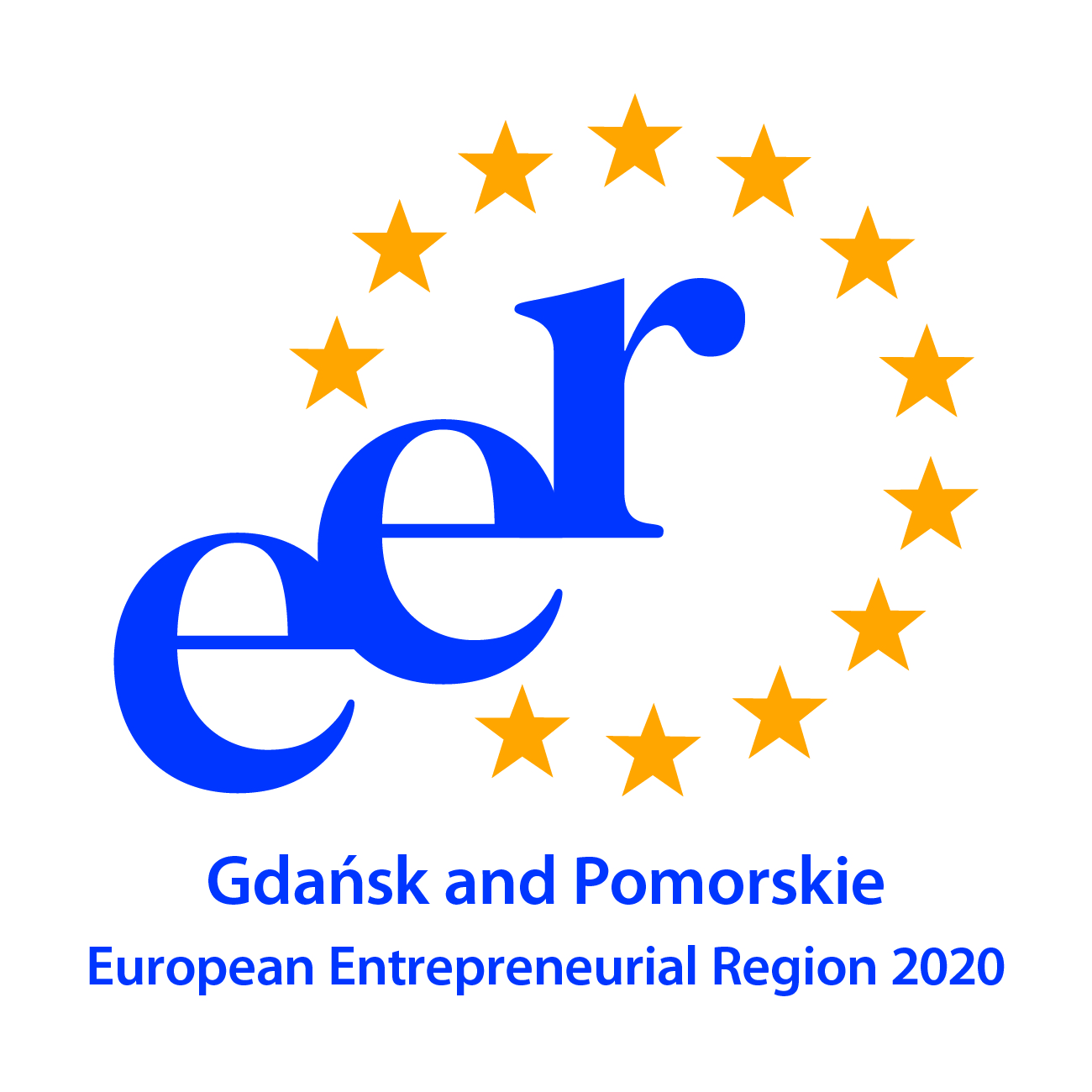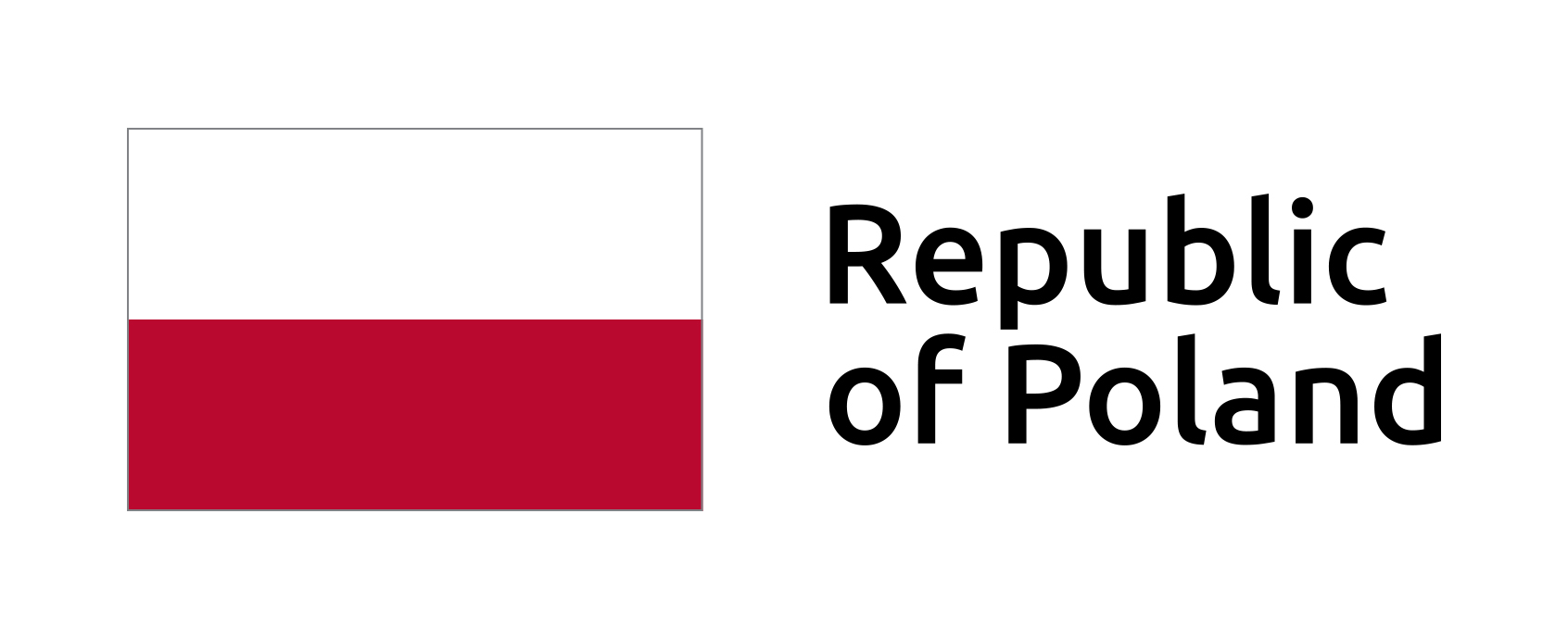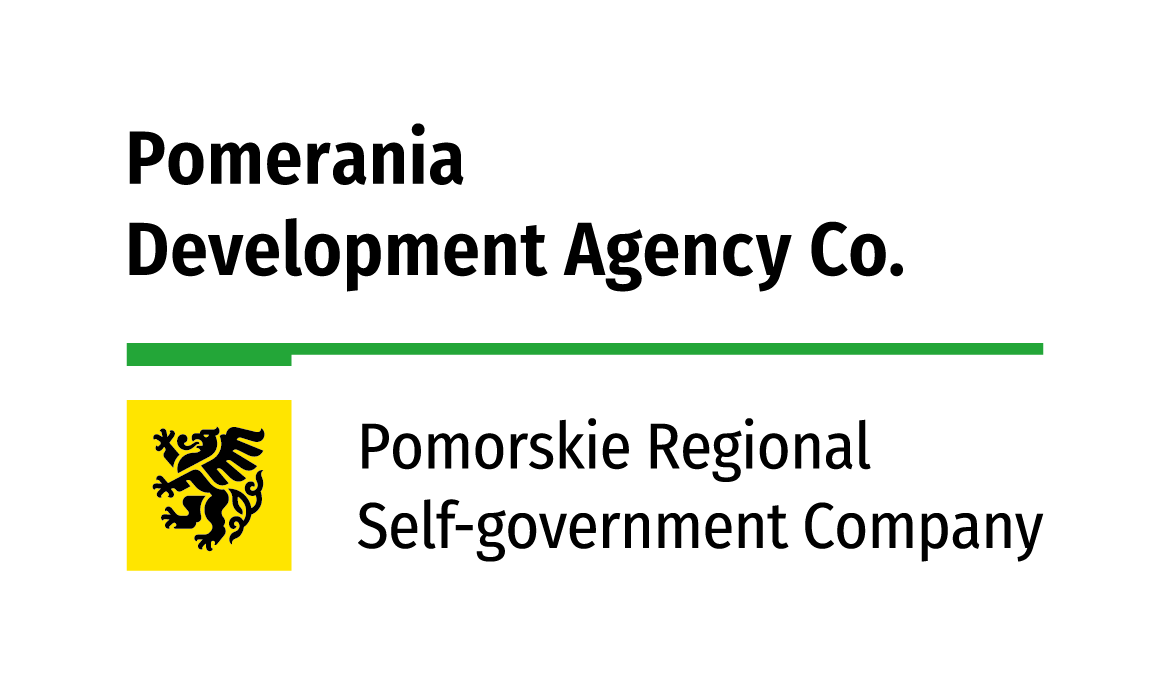As we are in the midst of a pandemic, more and more industries are being affected by the Coronavirus and real estate is no exception. The demand on the retail market is slowing down, hotels are closed, shopping malls shut down, office buildings – though still open – are half empty as almost everyone is working from home. However, there’s at least one sector that will most likely come out unscathed from the pandemic: warehousing.
/Article published at the 3rd of April 2020, by Mikołaj Trunin – Deputy Director of Invest in Pomerania, at his Linked IN account/
A survey conducted this March among Metrohouse agents (who deal with thousands of customers every day that look to buy an apartment), shows that the Coronavirus threat has already reduced demand for apartments, thus leading to a drop in prices.
The office space market, which has been booming in Tricity in the last few years fuelled by the unprecedented growth of the modern business service sector – has also paused.
Tricity is the third-largest regional office market in Poland. Over 838,000 m2 of modern, brand new office space was available here in 2019. But now landlords and tenants are anxiously observing the current economic paralysis and analyzing potential consequences. Theoretically, there are no reasons to close office buildings, so they remain open and available to tenants. In practice, almost everyone works remotely from home and the offices are empty. How will it affect the market?
As the demand for office spaces has been traditionally higher than supply in Tricity (there was 61,100 m2 of office space under construction in 2019, while the demand was at 101,000 m2), the slowdown in the demand dynamics will most probably somewhat affect the lease terms. But it will not halt the ongoing constructions, at least in the short term. In the long term, the situation might change the market trends and benefit some players e.g. flexible office, operators. There might also be clear winners, such as the warehouse market that has a real chance to emerge unscathed from the current crisis.
One obvious reason for that is the current transfer of consumer behaviour from brick -n- mortar retail to e-commerce. There has already been a spike in online shopping in Poland following the Sunday trading restrictions, and the current situation will further strengthen this trend. This behaviour change may prove to be long-lasting and the growing demand for online shopping may translate into increased demand for warehouse spaces and higher warehouse investments.
Secondly, COVID-19 may cause the relocation of production to new locations. Manufacturers will definitely revise and adjust their supply chain strategies, placing more emphasis on locations such as Central and Eastern Europe that remain competitive to Western Europe in terms of rental rates and labour costs.
Pomerania is where they should look. The warehouse market here has been on the upward trajectory, catching up with the Big Five of Warsaw, Upper Silesia, Wrocław, Central Poland and Poznań. Just last year, the Pomeranian warehouse capacity reached a record level of 667,000 m2, making it the key logistics hub in northern Poland. In Q4 2019 there were 240,000 m2 in the under-construction pipeline – the highest number ever for the region, making it also the fifth most attractive market in Poland, according to JLL.
Panattoni Park Gdańsk III was the largest completed project in 2019, while this year’s €1 billion deal made a Singapore-based GLP fund a third capital investor of the Singaporean origin in the Tricity market. GLP acquired Goodman Group’s central and Eastern European logistics assets, doubling their European footprint. The takeover means the Pomeranian Logistics Centre, PLC – a Gdansk landmark logistics park near the DCT container terminal in Gdansk – changed ownership. The PLC currently consists of 125,000 m2 of A-class logistics space and is targeted to reach 500,000 m2 soon.
This exponential growth is mainly due to the dynamic development of the seaports in Gdańsk and Gdynia and the continuous expansion of the expressways and motorways network in Poland. The real game-changer, however, was the introduction of direct calls with Asia and thus growing volume of container handling.
Unlike the office market, foreign developers dominate the logistics market in Pomerania. The biggest players include Panattoni, Prologis, GLP, Segro and Poland-based 7R. These top developers are working on a number of new projects spread around the agglomeration, making the sector one of the fastest-growing in all real estate segments in the region.
There is also a growing number of smaller logistics parks offering smaller modules. This trend is in line with the ‘last-mile’ logistics model that will definitely play a more significant role in the post-Coronavirus reality. The facilities for the last-mile logistics are usually located within the cities or their direct vicinity, as such solutions enable optimizing transportation costs and shorten delivery time to final customers. As consumers are – and will be – buying more and more online, companies will be investing more in new technologies and adjusting their supply chain models so that they can handle the increasing number of shipments and delight their customers.
I believe that change was already in motion, and the Coronavirus crisis has only accelerated this market transformation.
Naturally, at this point in time, we cannot eliminate the possibility of a harsh economic crisis and a dramatic slash of global demand. In such a case we would expect a downturn in all the markets.
On the other hand, provided that the pandemic recedes within the next 3 – 4 weeks, we can hope that after the economy will pick up within a couple of months, hence driving the markets up again.
Article available here.




















